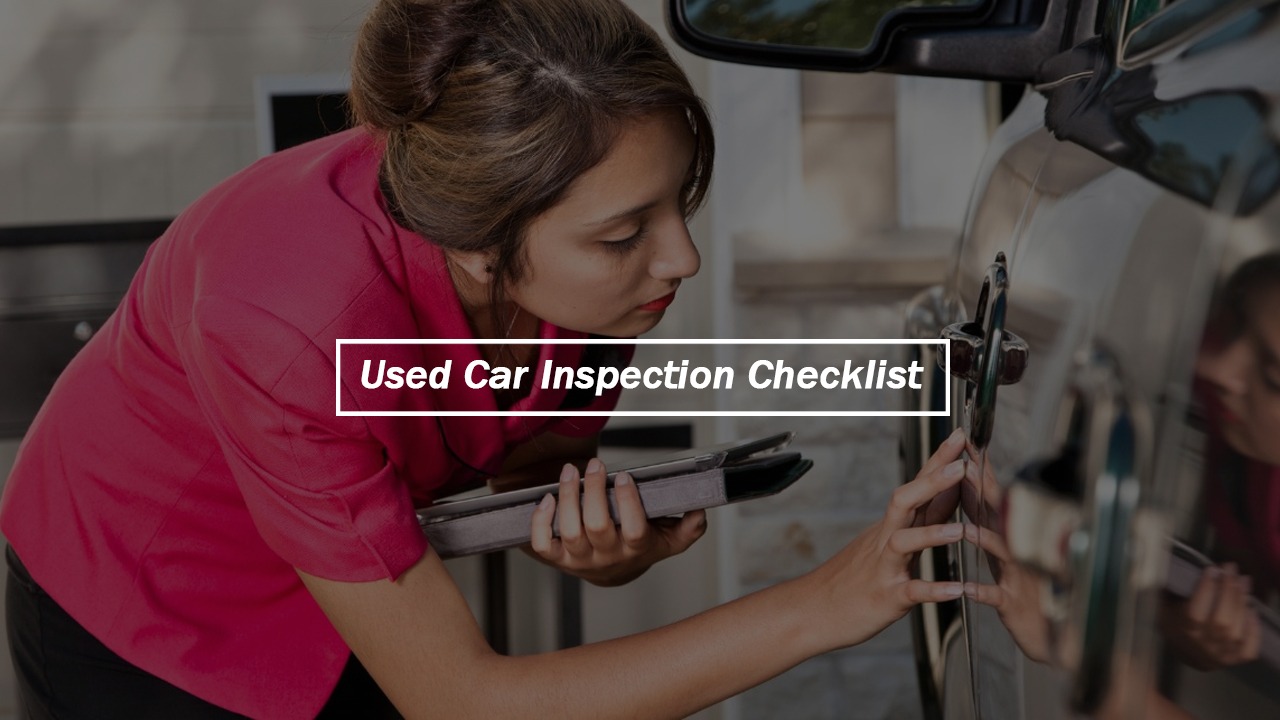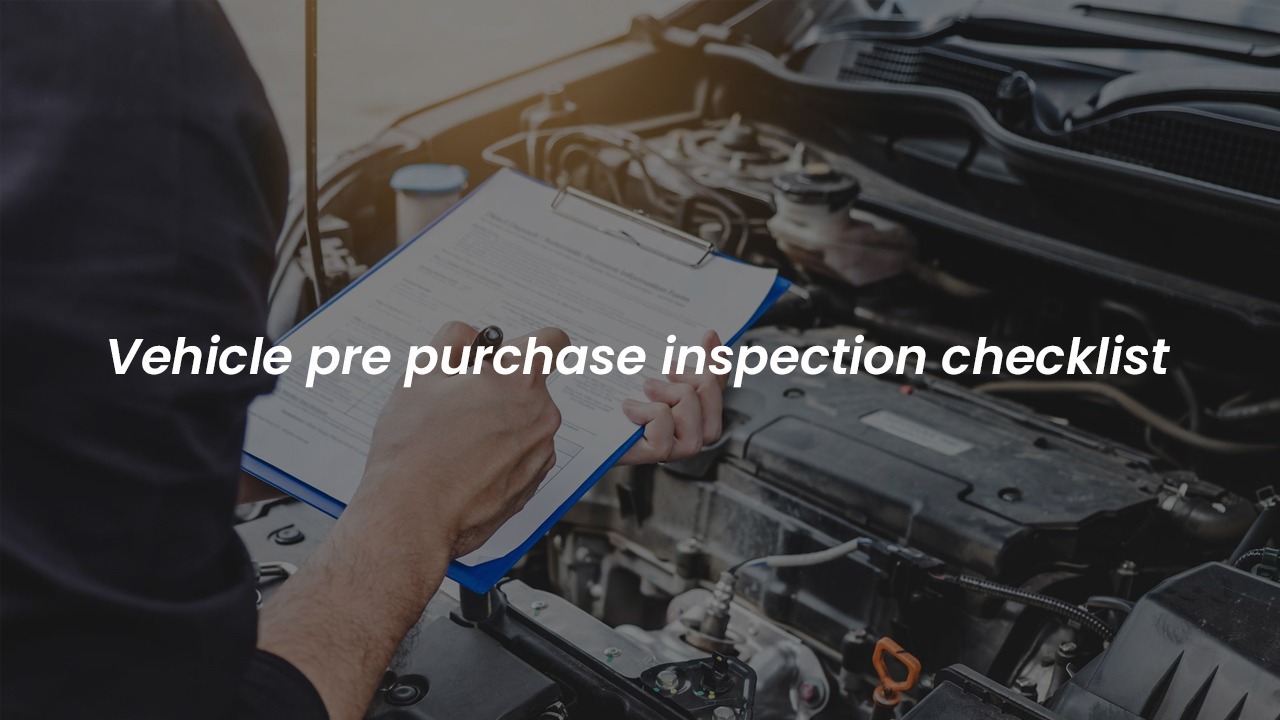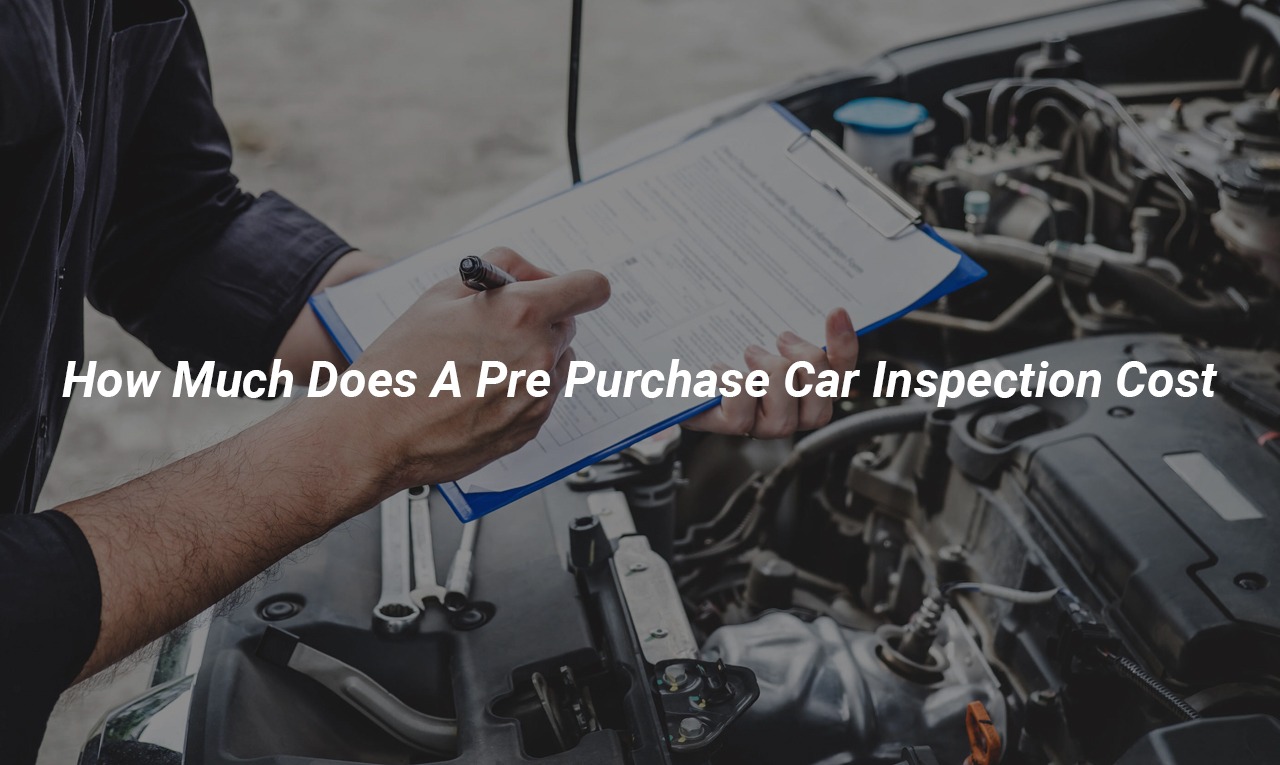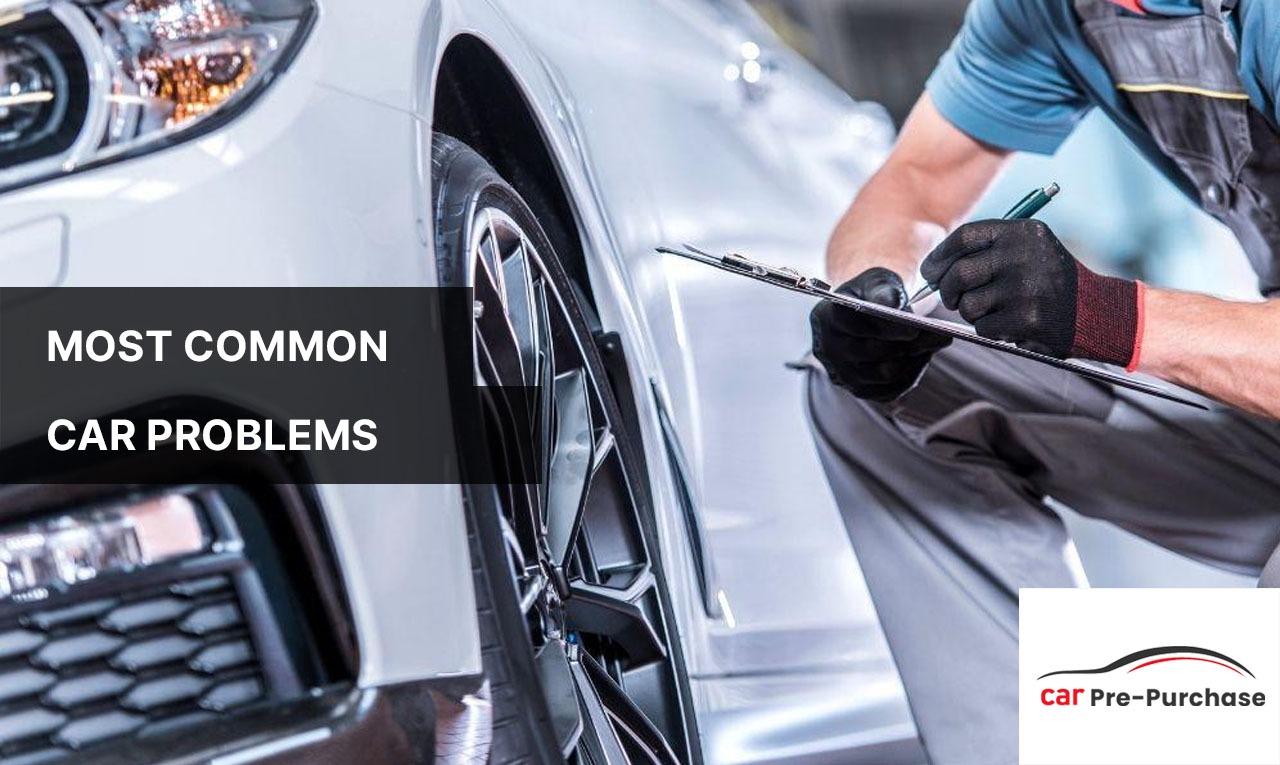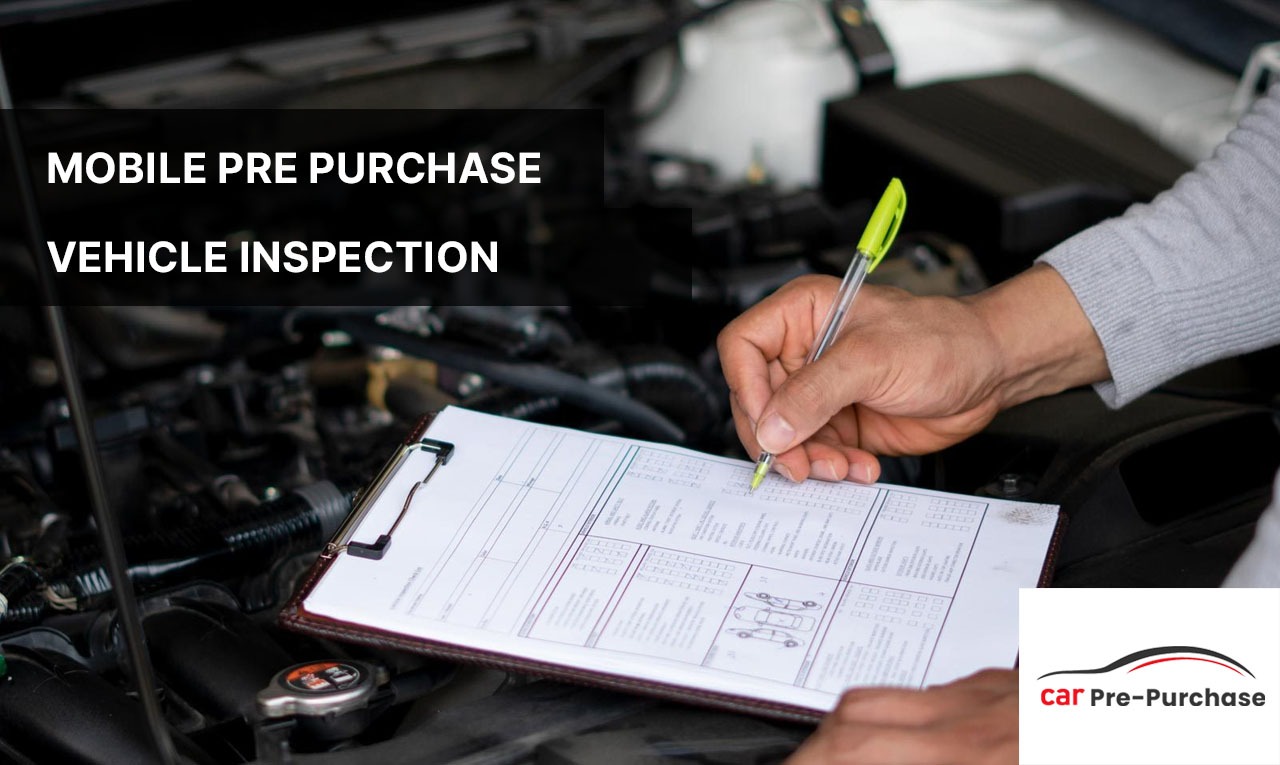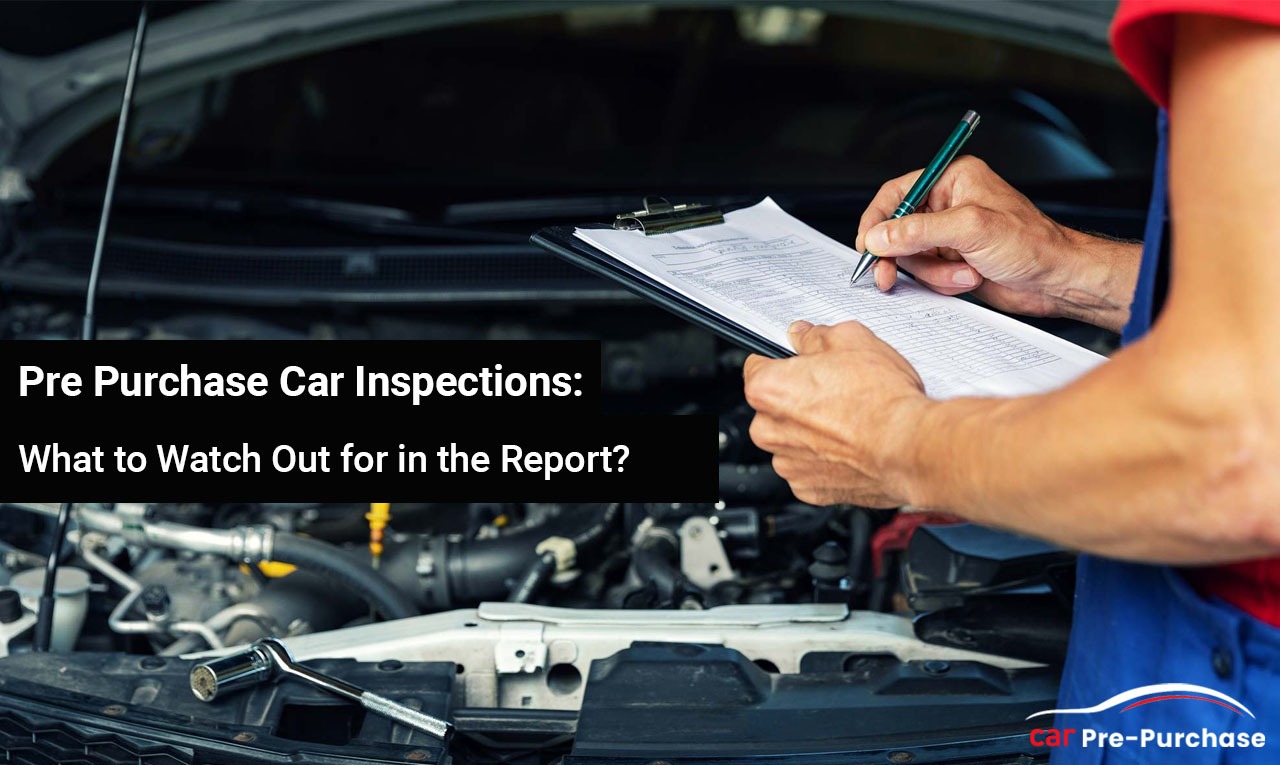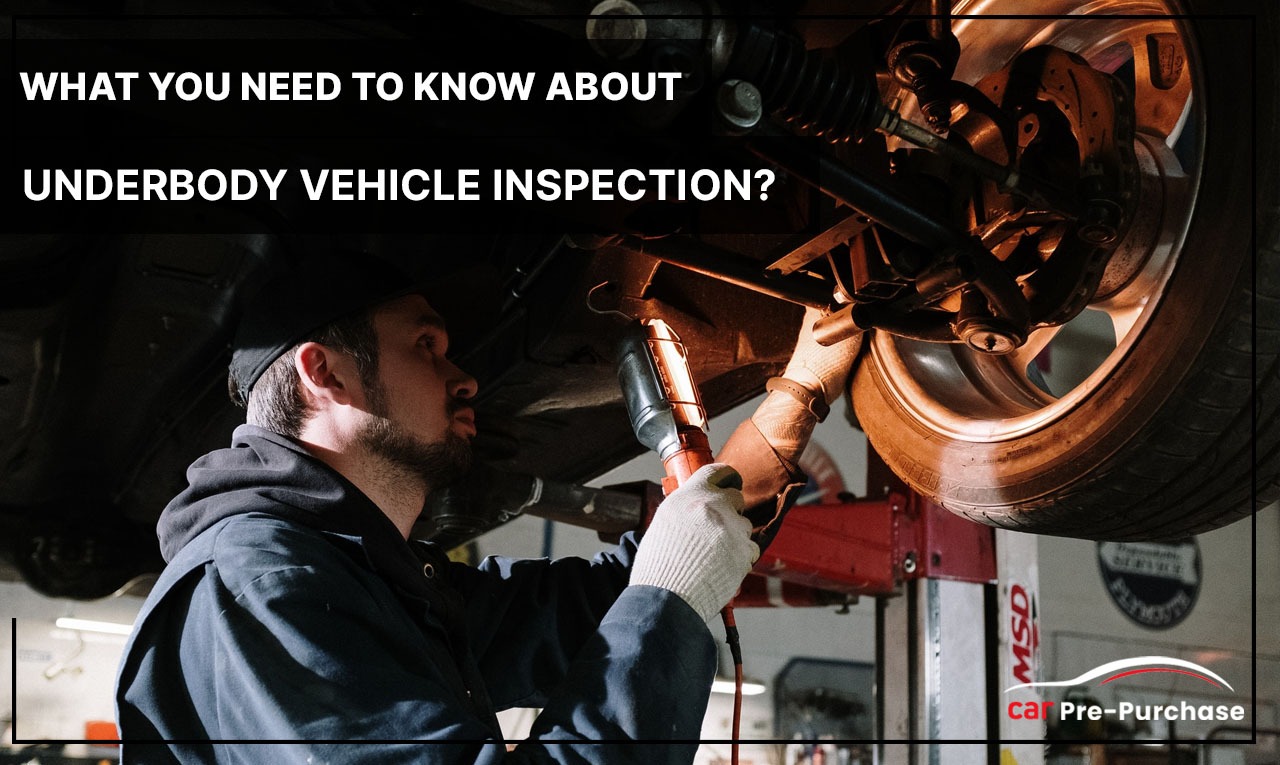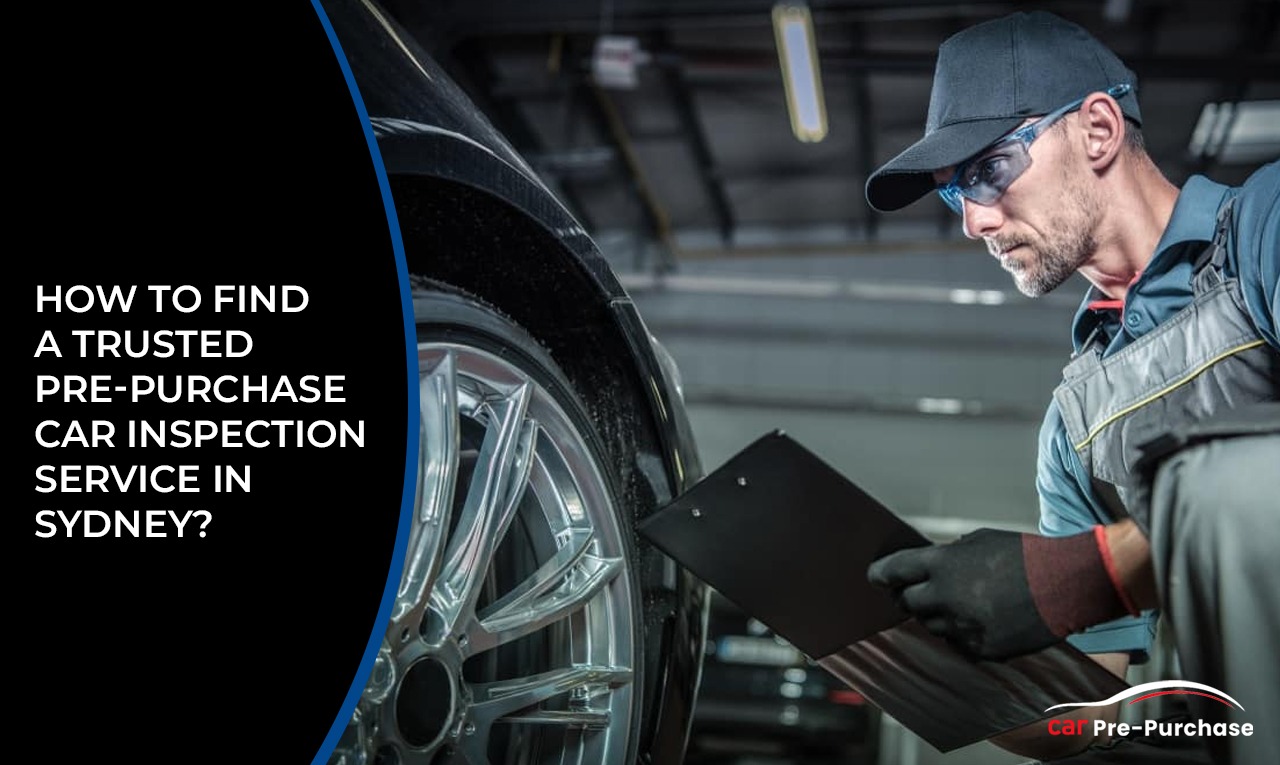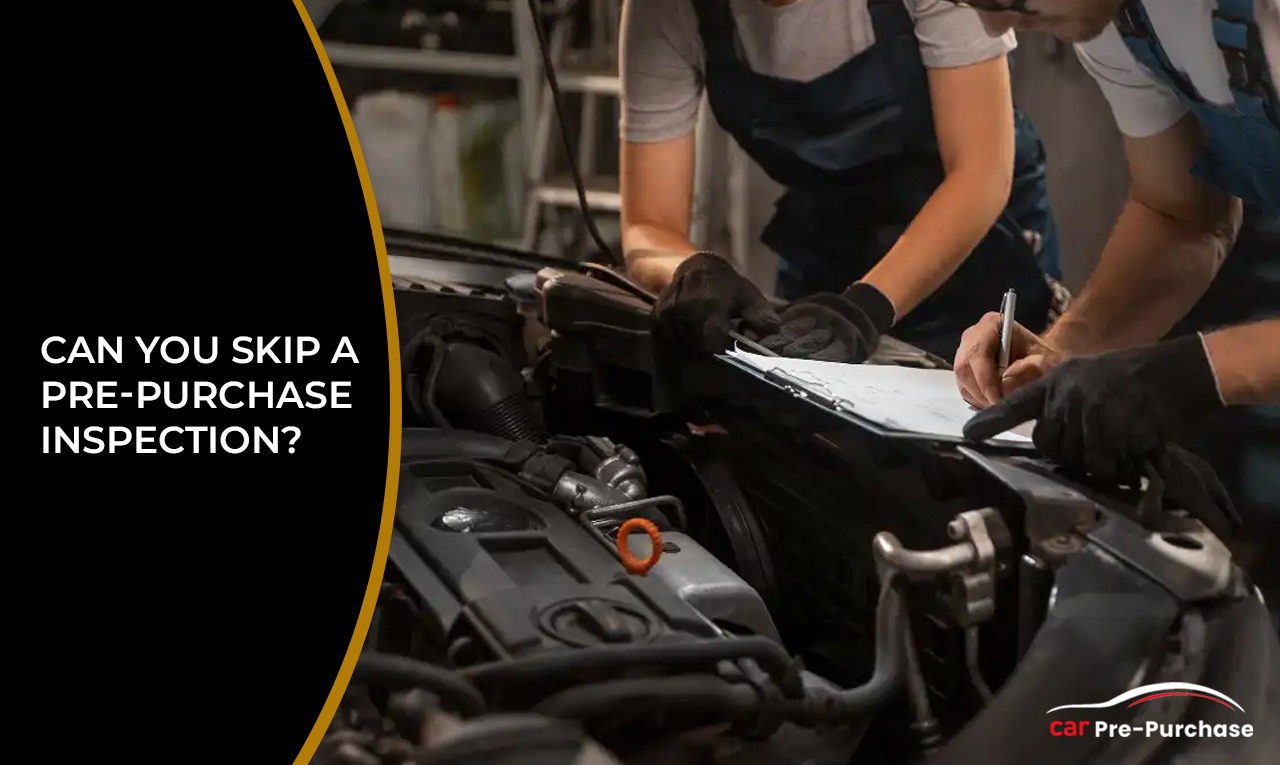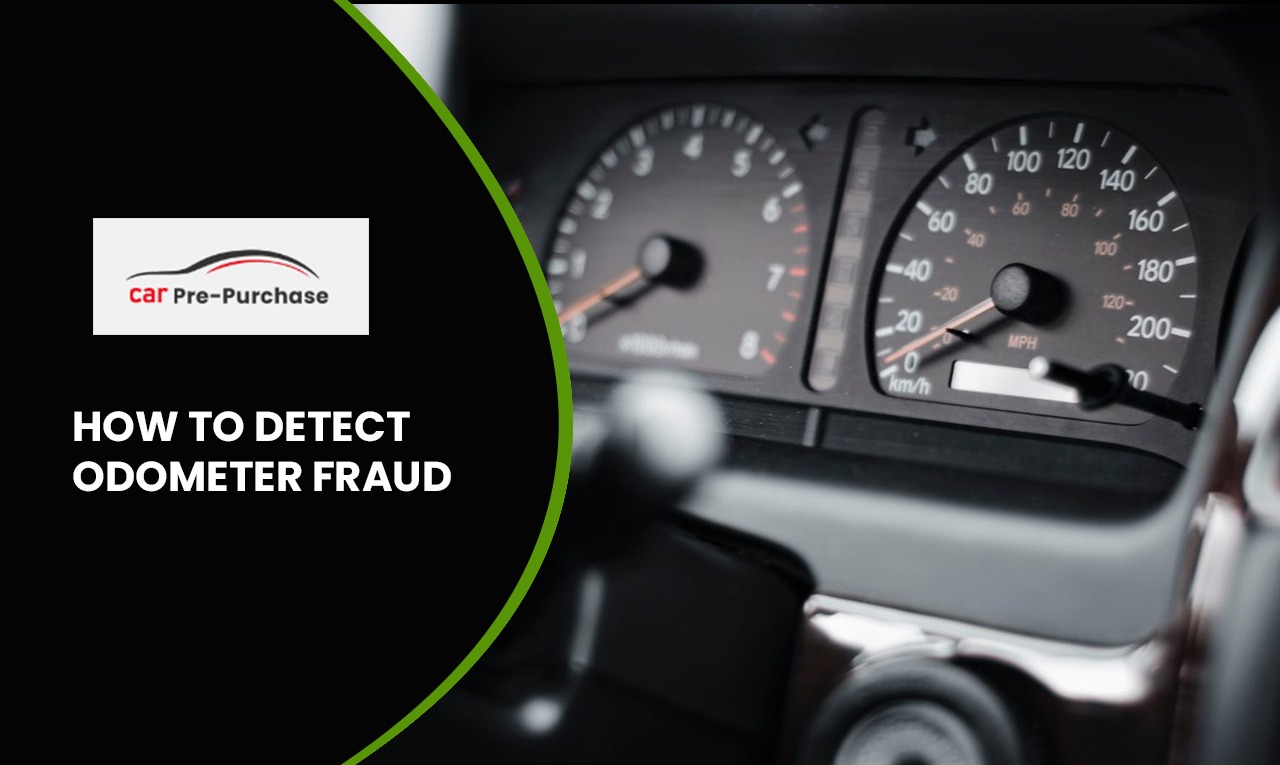
The odometer in a car is a mechanical or electronic device that records the total distance the vehicle has traveled. It accurately measures the distance covered by the car's wheels, usually in miles or kilometers. The primary function of an odometer is to track and display the vehicle's overall mileage over its lifetime.
It's worth noting that odometer readings are sometimes subject to tampering or fraud, especially in the case of used cars. Illegally rolling back the odometer to show a lower mileage can increase the vehicle's apparent value. So, how to detect odometer fraud? Our blog will rummage through some vital points to address this issue.
This blog covers:
|
How to Detect Odometer Fraud? |
|
How Does Pre-Purchase Car Inspection Help? |
How to Detect Odometer Fraud?
Detecting odometer fraud, also known as "mileage rollback," is essential when buying a used vehicle to ensure that you get accurate information about the vehicle's actual mileage. Odometer fraud involves altering or tampering with the odometer reading to make it appear that the vehicle has lower mileage than it does. Here are some steps you can take while ascertaining how to detect odometer fraud:
- Obtain a Vehicle History Report: The vehicle history reports often include information about previous odometer readings, title transfers, and reported incidents. Look for any inconsistencies in the reported mileage.
- Inspect the Interior: Check for wear and tear consistent with the reported mileage. If the interior looks excessively worn for the stated mileage, it could indicate odometer fraud.
- Check Service Records: Review the vehicle's service records, if available. It is important to check how to detect odometer fraud. Regular maintenance and repair records can provide insight into the vehicle's usage.
- Inspect the Odometer and Dashboard: Look for signs of tampering around the dashboard and odometer. Mismatched screws, scratches, or other physical damage could indicate that the odometer has been tampered with.
- Compare with Wear and Tear: Compare the condition of the vehicle's exterior, tires, pedals, and other components with the reported mileage. Excessive wear on these parts could suggest higher mileage than claimed.
- Check for Digital Odometer Tampering: Some modern vehicles have digital odometers. Check if the odometer display is consistent, and look for any discrepancies in the digital display.
- VIN Decoding: Decode the Vehicle Identification Number (VIN) to obtain information about the vehicle's history, including mileage readings from previous inspections or registrations.
- Get a Professional Inspection: Have a trusted mechanic or technician inspect the vehicle thoroughly. They can identify signs of odometer fraud and overall vehicle condition.
- Title and Ownership History: Research the title and ownership history of the vehicle. Frequent changes in ownership, especially over a short period, could be a red flag.
- Be Wary of Unrealistic Deals: If the price of the vehicle seems too good to be true for its make, model, and reported mileage, it's worth being cautious.
- Check Online Databases: Some jurisdictions maintain databases of reported odometer readings during inspections and emissions tests. Check these databases for any inconsistencies.
- Trust Your Instincts: If something doesn't feel right while checking how to detect odometer fraud and about the deal or the vehicle's history, trust your instincts and consider walking away.
How Does Pre-Purchase Car Inspection Help?
This section helps you to understand how to detect odometer fraud through Pre Purchase Car Inspection Sydney:
- Thorough Examination: During a Pre Purchase Car Inspection Newcastle, a trained mechanic examines the entire vehicle, including the engine, transmission, suspension, brakes, tires, and other critical components. They also look for signs of wear and tear that would be consistent with the mileage claimed by the seller.
- Documentation Verification: The inspector will compare the vehicle's maintenance records, service history, and any available Carfax or AutoCheck reports with the odometer reading. Inconsistencies between the documented mileage and the odometer reading can raise suspicions of fraud.
- Physical Examination: Mechanics can often determine if a vehicle's odometer has been tampered with while they inspect the odometer by examining the physical components of the odometer and its connections. Signs of tampering might include loose screws, misaligned numbers, or evidence that the dashboard has been taken apart.
- Wear and Tear: A vehicle's overall wear and tear should match its claimed mileage. Excessive wear on the interior, pedals, steering wheel, and other components might suggest higher mileage than advertised.
- Service Stickers and Records: Mechanics can check for service stickers on windows or door frames, oil change labels, and maintenance records that might indicate higher mileage than shown on the odometer.
- Digital Data: In modern vehicles, how to detect odometer fraud can be determined digitally. The mechanics can access the vehicle's computer systems to retrieve digital mileage data. This data can be compared with the odometer reading provided by the seller.
- Diagnostic Scans: Modern vehicles store a variety of data related to mileage and usage in their onboard computers. A diagnostic scan might reveal discrepancies between the recorded mileage in the computer system and the odometer reading.
- Title and Ownership History: The pre-purchase inspection might include a check of the vehicle's title and ownership history to verify whether the mileage has been reported as inconsistent or if there have been any title transfers that could indicate potential fraud.
- Visual Inspection of Wear: Higher mileage vehicles typically exhibit more wear and tear on components like the seats, steering wheel, pedals, and shift knob. If these components show less wear than expected for the claimed mileage, it could be a sign of odometer fraud.
- Comparative Analysis: A skilled mechanic can use their experience to assess whether the overall condition of the vehicle matches its claimed mileage. So, how to detect odometer fraud? If the vehicle appears too well-preserved for the stated mileage, it might raise suspicions.
Buying a used car can be challenging, refer to the following blogs for more insights:
Suppose you suspect that you've come across a case of odometer fraud. In that case, it's essential to report it to the appropriate authorities, such as your local consumer protection agency or law enforcement. Remember that how to detect odometer fraud involves taking adequate precautions. It can help you avoid scams and make a more enlightened decision when purchasing a used vehicle.




